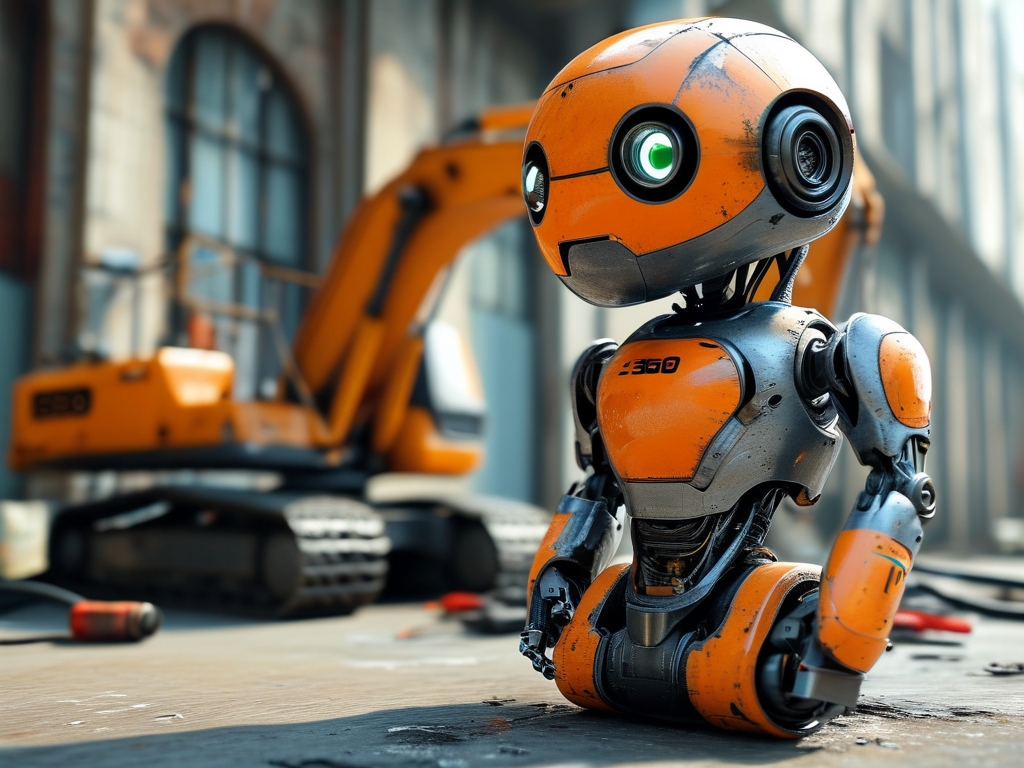In the era of Industry 4.0, robotics has become a cornerstone of modern manufacturing, healthcare, agriculture, and logistics. Among the most groundbreaking developments in this field is 360 Robot Maintenance Technology, a holistic approach designed to optimize the performance, longevity, and reliability of robotic systems. This article explores the technical innovations, real-world applications, and future potential of this transformative maintenance paradigm.
The Evolution of Robotic Maintenance
Traditional robot maintenance often relied on reactive strategies—fixing machines after failures occurred. This approach led to costly downtime, production delays, and resource inefficiencies. With the rise of predictive analytics and IoT-enabled systems, maintenance has shifted toward proactive models. However, 360 Robot Maintenance Technology goes further by integrating preventive, predictive, and prescriptive methodologies into a unified framework. By leveraging real-time data, AI algorithms, and modular repair mechanisms, this technology ensures seamless operation across a robot’s lifecycle.
Core Components of 360 Robot Maintenance
-
Sensor-Driven Diagnostics:
Advanced sensors embedded in robotic joints, actuators, and control units continuously monitor parameters like temperature, vibration, and torque. These sensors detect anomalies—such as motor wear or misalignment—before they escalate into critical failures. For example, in automotive assembly lines, robots equipped with thermal sensors can alert technicians to overheating components, enabling preemptive repairs. -
AI-Powered Predictive Analytics:
Machine learning algorithms analyze historical performance data and environmental factors to forecast maintenance needs. A case in point is Amazon’s warehouse robots, where AI predicts battery degradation patterns, scheduling replacements during off-peak hours to avoid disrupting logistics workflows. -
Modular Repair Systems:
Unlike conventional methods that require full component replacements, 360 maintenance employs modular designs. Faulty parts—such as a robotic arm’s gripper or a servo motor—can be swiftly swapped out using standardized modules. This reduces repair time by up to 70%, as demonstrated by Fanuc’s factory robots in Japan. -
Remote Troubleshooting and AR Guidance:
Augmented reality (AR) interfaces allow technicians to visualize internal robot structures and receive step-by-step repair instructions. Companies like Siemens use AR headsets to guide on-site engineers through complex calibration processes, minimizing human error.
Industry Applications
-
Manufacturing:
In smart factories, 360 maintenance ensures uninterrupted production. For instance, Tesla’s Gigafactories utilize this technology to maintain robotic welding arms, achieving a 92% reduction in unplanned downtime.
-
Healthcare:
Surgical robots like the da Vinci System rely on precision maintenance to avoid operational risks. Predictive algorithms monitor instrument sterility and mechanical accuracy, critical for patient safety. -
Agriculture:
Autonomous harvesters use soil and weather data to adjust maintenance schedules. John Deere’s AI-driven tractors, for example, self-diagnose hydraulic leaks during low-activity seasons.
Challenges and Solutions
Despite its benefits, 360 Robot Maintenance faces hurdles:
- Data Security: Continuous data transmission increases vulnerability to cyberattacks. Encryption protocols and blockchain-based systems are being adopted to safeguard sensitive information.
- Skill Gaps: The complexity of AI and IoT tools demands specialized training. Partnerships between tech firms and vocational institutes—such as Bosch’s collaboration with German technical schools—are bridging this gap.
- High Initial Costs: While the ROI is significant, small businesses may struggle with upfront investments. Subscription-based “Maintenance-as-a-Service” models are emerging to democratize access.
The Future of 360 Robot Maintenance
Experts predict that by 2030, over 80% of industrial robots will adopt 360 maintenance frameworks. Key trends include:
- Self-Healing Materials: Researchers are developing polymers that autonomously repair cracks in robotic casings.
- 5G Integration: Ultra-low latency networks will enable real-time diagnostics across global supply chains.
- Sustainability Focus: Energy-efficient maintenance protocols will align with net-zero goals, reducing waste from part replacements.
360 Robot Maintenance Technology represents a paradigm shift in how industries manage automation. By combining cutting-edge sensors, AI, and modular engineering, it not only enhances operational efficiency but also paves the way for resilient, future-ready ecosystems. As robotics permeates every sector, mastering this technology will be pivotal to sustaining competitive advantage in the digital age.

